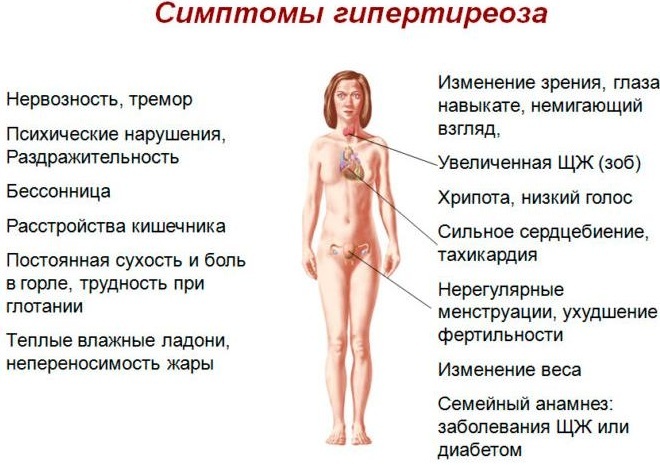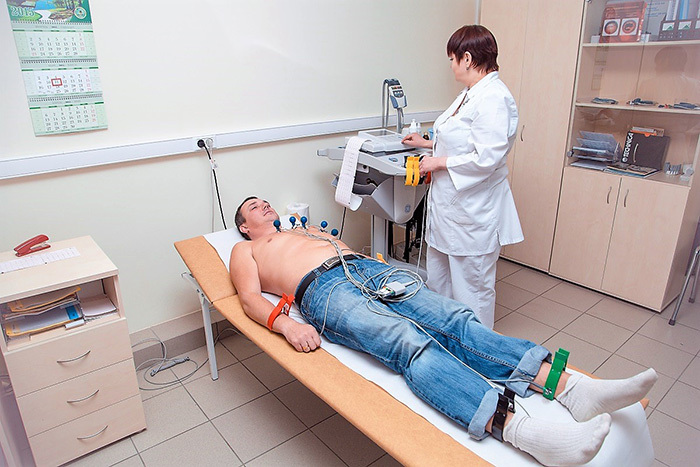Zimnitsky's test, named after a domestic therapist, is an unusual urine test methodcollected within 24 hours. It is used to assess the performance of the kidneys. A feature of this method is the need for strict adherence to the time and rules for collecting biomaterial.
Record content:
- 1 What Zimnitsky's test shows
- 2 Indications for analysis
- 3 How to prepare
-
4 Biomaterial collection rules
- 4.1 In adults
- 4.2 In children
- 5 Urine storage rules
- 6 Interpretation of analysis results
-
7 Norm
- 7.1 In adults
- 7.2 In children
- 7.3 In pregnant women
- 8 Possible deviations and their reasons
- 9 Video about the analysis according to Zimnitsky
What Zimnitsky's test shows
The Zimnitsky test, for which only one biomaterial is needed, namely urine, makes it possible to evaluate the function of concentration and the degree of dilution, then there is the ability of the kidneys to serve as a filter for fluid, trace elements and toxins entering the body, retaining only what is necessary to preserve water balance.
Excretion of excess fluid and decomposition products (salt, urea) by the kidneys prevents the formation of edema and intoxication of the body. All chronic renal diseases start with a violation of these functions, therefore the Zimnitsky method is a valuable diagnostic resource.
Thanks to this method, it is possible to calculate the total amount of urine and the volume in each container, correlate them with the liquid drunk during the study period (1 day). And also to assess the speed of the kidneys taking into account the daily rhythm (functional activity day and night). And the specific gravity and its variability at different times will indicate the state of the filtration mechanism.
Indications for analysis
The Zimnitsky test (it must be collected on the recommendation of a doctor) is often used to find the correct diagnosis.
Symptoms that allow doctors to suspect kidney disease and prescribe this test:
- Swelling that occurs in mild cases only under the eyes in the morning; in more severe forms, there is swelling of the entire face, lower back, accumulation of fluid in the abdominal and chest cavities (with the progression of the disease, they "go down" from top to bottom).
- Pain in the lumbar region.
- Skin pallor or yellow-gray color.
- Pain in the region of the heart and high blood pressure.
- Signs of general malaise (lethargy, weakness, loss of appetite, vomiting, possibly fever).
This research method is recommended to confirm the following diseases:
- From the side of the kidneys:
- acute kidney damage (development of acute renal failure);
- diagnosis of chronic renal failure (chronic kidney failure), regardless of the cause of its occurrence;
- chronic glomerulonephritis;
- chronic pyelonephritis;
- to analyze the performance of a single kidney (with a congenital anomaly or after surgical removal);
- with renal edema.
- For diseases of other body systems:
- hypertension;
- diabetes mellitus and diabetes insipidus;
- edema of unknown origin.
Most often, this diagnostic method is resorted to in the conditions of an inpatient examination in the departments of nephrology, cardiology and endocrinology. But the attending physician can prescribe it at home, so it is important to have an idea of how to properly prepare and collect the biomaterial.
How to prepare
It is necessary to collect urine for a sample according to the Zimnitsky method in compliance with the following rules:
- If the patient is taking medications with a diuretic effect, they must be canceled a day or two before the study. During the same period, it is not recommended to eat foods that retain water in the body: spicy, salty, smoked.

- During the study, it is necessary to observe the usual drinking and food regimes, especially not to increase the volume of drinks. If the patient is in the hospital and receives intravenous fluids, they must be stopped.
- Prepare 8 sterile urine containers with a volume of at least 300 ml. Special disposable containers with a lid, which can be purchased at any pharmacy, are ideal for this purpose. When using improvised utensils, they should be thoroughly washed and rinsed with boiling water, then put on a clean towel upside down to dry. Sign each container: indicate the full name, age, date of examination, time on each jar according to the schedule, the name of the department (for examination in stationary conditions).
- For children under 3 years old, you need to prepare at least 15 clean jars so that you can collect urine during natural urination.
- Prepare a notebook or sheet of paper to record what you drink.
It is contraindicated to conduct this test in conditions accompanied by dehydration of the body (prolonged fever, diarrhea, vomiting, overheating, significant physical activity). In such situations, less urine is produced, but more concentrated, which will affect the reliability of the study.
Biomaterial collection rules
The sampling of biomaterial from patients of different age groups has some differences.
In adults
Zimnitsky's test, for which it is necessary to collect biomaterial, strictly observing the schedule, is performed in the following order:
- 06:00 - first urination. It is not included in the study. You need to urinate in the toilet or collect urine for another type of study (for example, a general urine test or a Nechiporenko test, this will speed up the patient's examination).
- 06:00 - 09:00 - collect urine in container No. 1 with the appropriate time marking
- 09:00 - 12:00 - collect urine in container No. 2
- 12:00 - 15:00 - collect urine in container number 3
- 15:00 - 18:00 - collect urine in container No. 4
- 18:00 - 21:00 - to urinate container number 5
- 21:00 - 24:00 - to urinate container number 6
- 00:00 - 03:00 - to urinate in container No. 7
- 03:00 - 06:00 - urinate in container number 8
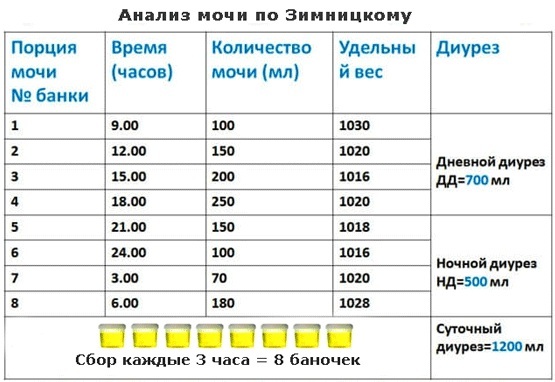
Rules for collecting urine for the Zimnitsky sample
It is important to carefully monitor and not to confuse the numbers of cans when emptying the bladder, this can affect the result of the study.
For convenience, you can set alarms on your watch or phone, which will remind you to urinate at a certain moment (especially at night). It will even be interesting for children.
If it happened that at some of the time intervals there was no urine, the container remains empty.
If the amount of urine in one act of urination does not fit into the jar, the remainder must be collected into another container and sign it at the same time so that the laboratory assistant can calculate the total volume for day.
In parallel with this, a record is kept on paper of all the liquid consumed inside during the study. All drinks (water, juices, compotes, teas, coffee, milk, fermented milk products) and liquid foods (for example, first courses, juicy fruits, smoothies) are taken into account.
In late pregnancy, due to compression of the bladder by an enlarged uterus, the urge to urinate becomes much more frequent, but little urine is released. In such circumstances, it should be collected in one container several times, observing the time interval indicated on the can.
At the end of the day, all eight or more containers (including empty ones) and a record sheet are delivered to the laboratory for further evaluation.
In children
Due to the possibility of difficulties in performing the test in young children (up to 5 years old), several modified analysis of Zimnitsky: urine must be collected during the period when the child independently relieves himself, pointing to the jar time. And the number of jars will be equal to the number of urinations (7-15 times a day, depending on the age of the baby).
You can collect urine directly in the container above the baby's pot, or buy disposable urine collectors from the pharmacy. They are plastic bags that are glued to the genital area of the child and allow urine to be collected at the time of urination. This is especially true at night so as not to wake up the child.
For children of school age, the test is carried out as in adults.
Urine storage rules
The collected biomaterial should be stored in a cool, dark place, for example, underground or in a refrigerator.
Each container must be closed with a lid to avoid contamination and spills, as well as the destruction of pigments in urine by sunlight.
Interpretation of analysis results
Zimnitsky's test, for which it is technically difficult to collect biomaterial, has an extraordinary diagnostic value.
Parameters that allow you to assess the work of the kidneys using the Zimnitsky method:
- One-time volume (amount of biomaterial in one serving).
- Diuresis is urine excreted within a certain known time period. When performing this test, the doctor is interested in daily (collected for all time), daytime and nighttime urine output.
- Daily urine output is all urine collected during the day (1 - 4 servings are summed up for the calculation). A person drinks the bulk of the liquid in the daytime, therefore, more urine should be excreted.
- Night diuresis is the volume collected in the evening and at night - from 18:00 to 6:00 in the morning (5-8 servings are summed up).
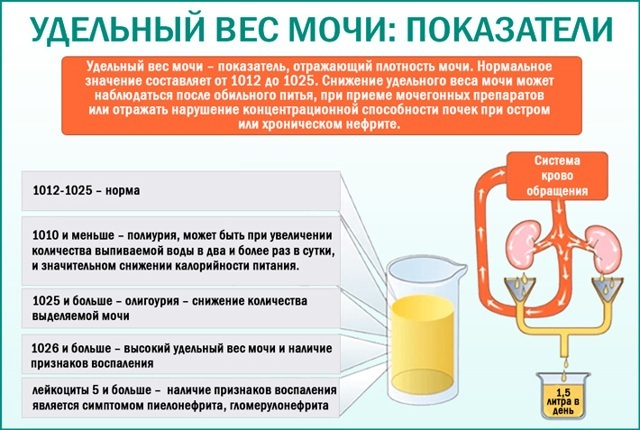
- Specific gravity (density) and its fluctuation throughout the day. Density provides information about the presence of decay products in the urine. It is assessed in each sample and varies with fluid intake and kidney performance. The maximum value reflects the concentration function, and the minimum value reflects the dilution.
Norm
Normal test values are in direct proportion to the patient's age.
In adults
In adults, the amount of urine in the samples is variable and in a normal state is 50 - 300 ml.
The normal result of daily urine output is 1000-2000 ml, taking into account that the volume allocated by the kidneys should be 30% less than consumed. For example, when you consume 1800 ml of liquid per day, approximately 1300 - 1400 ml of urine should be excreted.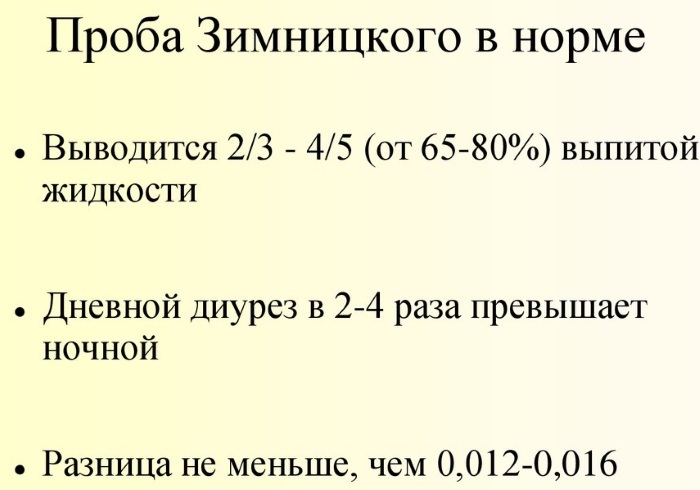
With rhythmic activity of the kidneys in a healthy adult, daytime diuresis is related to nighttime as 3: 1. This indicator reflects the correct change in renal activity throughout the day and night.
The permissible values of the specific gravity of urine (its density) in various samples are 1.005 - 1.030. In the morning, urine is more concentrated and its density approaches the upper limit.
In children
Normal kidney function in children is highly variable. The urine collected in one day (daily urine output) will change in accordance with the age of the child, but is approximately 2/3 of the volume of fluid consumed (be sure to take this into account!).
Average daily urine output rate by age:
| Age | Daily urine output |
| 1st year of life | 300 – 500 |
| 1 to 3 years old | 750 – 850 |
| 35 years | 900 – 1030 |
| 5 - 7 years old | 1070 – 1300 |
| 7 - 9 years old | 1250 – 1500 |
| 9 - 11 years old | 1500 – 1670 |
| Over 11 years old | 1600 – 1900 |

The volume of urine in different portions can vary significantly (30 - 150 ml), this is a positive sign in childhood. For example, a child may drink a lot of tea at breakfast and not move much.
The kidney's adequate response to this is to excrete more urine. If the child drinks few drinks, but will actively run and play outdoor games, little urine will be released during this time period.
The ratio of diuresis (day and night) is 2: 1.
The density of collected urine in different portions is normally very variable, but the difference between the most concentrated and most diluted portion is normally more than 7, which reflects a full filtration. Let's say the maximum is 1.024 and the minimum is 1.017 or less.
The wider the fluctuations, the better the kidney filter capacity. The optimum are density indices not lower than 1.003, and not higher than 1.035 in all samples. In newborns, the density of urine is close to the lower limit, it increases with age.
In pregnant women
Urine standards in pregnant women also have their own characteristics, because the kidneys of the expectant mother need to work for two at once.
The daily urine output in pregnant women can normally be somewhat reduced, but not less than 1000 ml. In the first trimesters of pregnancy, this may be associated with toxicosis, when vomiting appears and an unwillingness to consume food and water. In the last stages, a lot of fluid is spent on the formation of the vascular bed of the placenta and amniotic fluid.
The ratio of daytime and nighttime diuresis = 3: 1.
The density of urine may increase: firstly, due to a decrease in urine output, and secondly, due to the restructuring of the body under the influence hormones: the pores of the kidney filter are able to expand and allow small traces of sugar and protein to pass through, which increase density.
Possible deviations and their reasons
After analyzing urine according to the Zimnitsky method, you can find various options for impaired renal function.
- For daily urine output:
-
Oliguria it is determined if urine was collected 25% or less of the normal volume, for example, at a rate of 2000 ml, only 500 ml or less urine was collected. This syndrome is one of the signs of kidney failure, in which urine filtration is reduced. But it can also develop in other conditions, accompanied by a significant loss of fluid (large blood loss, food poisoning, prolonged fever) or in cardiac pathology.

- Anuria represents a decrease in the amount of excreted urine to 5% or its complete absence for 24 hours. Anuria is a very dangerous symptom that occurs in acute renal failure, compression urinary tract (eg, tumor), mushroom or chemical poisoning, shock states.
- Polyuria (urine excretion is 1.5-2 times more than normal) most often occurs with diseases of other organs (heart disease, diabetes mellitus and diabetes insipidus, mental disorders, the period of disappearance of edema). Sometimes polyuria accompanies chronic kidney disease such as pyelonephritis and glomerulonephritis.
- By the ratio of daytime and nighttime urine output:
- Nocturia (a condition in which more urine is produced at night than during the day) indicates lengthening the work time of the kidneys, which do not have time to remove all the liquid drunk during the day, and do it at night. It is observed in renal and cardiac pathology. The presence of nocturia in male patients may indicate problems with the prostate.
- According to the indicators of the relative density of urine (specific gravity):
- Hypostenuria observed with a decrease in the specific gravity of urine below normal in all portions (below 1.010). This indicates the inability of the kidneys to concentrate urine (that is, to retain the necessary micronutrients). Hypostenuria occurs in patients with a large amount of fluid intake, renal failure, while edema decreases (when excess fluid is discharged), diabetes insipidus.
- Isostenuria represents a slight fluctuation in the density of urine in different portions (by 2 - 5 units). Most often at the level of 1.010 - 1.012, which is indicative of a violation of the dilution and concentration of urine. Occurs in chronic kidney disease.
- Hypersthenuria or an indicator of increased urine density (above 1.025 - 1.030). It is typical for patients with dehydration, diabetes mellitus, a large loss of protein by the kidneys (sugar and protein in the urine sharply increase its density), as well as in pregnant women during the period of toxicosis.
Collecting the correct biomaterial for the study according to Zimnitsky using the above rules will not be difficult for any patient. It is enough just to show attention and patience.
Video about the analysis according to Zimnitsky
Urine analysis according to Zimnitsky:


